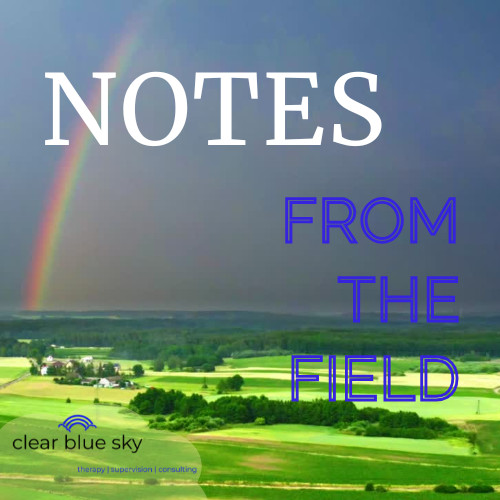
Structuring Your Workweek for Energy & Balance
This month we're focusing on structuring your workweek in a way that increases energy and balance.
Clinician's Corner: Structuring Your Day for Flow & Freedom
By now, you’ve got a good sense of what drains your energy and what builds it—what you like to do, don’t like to do, have to do, and don’t have to do. Now, it’s time to take charge of how your day and week unfold. (if you don't, read this post first)
🔹 Work with your natural energy rhythms. When do you feel sharp and focused? That’s the time to tackle deep, demanding work. When do you feel sluggish? That’s when to knock out the repetitive, low-energy tasks.
🔹 Use momentum to your advantage. Crossing off a few small “have-to-dos” early in the day can spark a sense of accomplishment that carries you forward. And if afternoons feel mentally slow (I hear you on that one), lean into mundane tasks—or even better, schedule something that fills your bucket instead.
🔹 Plan around weekly demands. If certain workdays consistently run long, avoid planning personal events that might get bumped. Instead, balance it out—start later or leave early another day when possible.
🔹 Make the “don’t want to but have to” quadrant more livable. A shift in scenery can change everything. Can documentation happen outside under a shady tree? Or with a privacy screen while your kid is at practice? Small tweaks make tedious tasks a little lighter.
The goal? Get creative with how you structure your time—so the 4-square box of freedom works for you, not against you.
Behind the Scenes: How I Work My 4-Square Box of Freedom
Like many therapists, I work a full-time job I love—one that brings both fulfillment and, occasionally, frustration. Retirement is on the horizon in the next ten years, but like a lot of folks in my generation, my financial setup doesn’t look quite like my dad’s did. A side gig that lasts into retirement feels necessary, but I want it to be something I love, because when retirement comes, I technically shouldn’t have to work.
That’s where Clear Blue Sky was born.
What lights me up? Client work, guiding new therapists from fresh grad to independent licensure—and even supporting them as they grow into supervisors themselves. That’s the heart of what I’m building.
What doesn’t spark joy? Marketing and sales. Insurance companies. Billing and bookkeeping. Managing the calendar. Three out of those four are unavoidable, but one? Didn’t have to be.
So, less than a year after conquering the gauntlet of insurance company credentialing, I dropped them. All of them. And I haven’t looked back. (That’s a story for another blog post.)
For the rest, I built systems to streamline what I could:
📌 Marketing and sales? I focus on putting helpful, valuable resources into the world and trust that presence will bring the right people my way.
📌 Writing these newsletters? I carve out my mornings when I’m clear-headed and have space to think.
📌 Scheduling? Oof. After too many rounds of “Does this time work? What about that time?” I finally set up a system where people get a list of my availability—no more scheduling gymnastics.
📌 Marketing and sales? I focus on putting helpful, valuable resources into the world and trust that presence will bring the right people my way.
📌 Writing these newsletters? I carve out my mornings when I’m clear-headed and have space to think.
📌 Scheduling? Oof. After too many rounds of “Does this time work? What about that time?” I finally set up a system where people get a list of my availability—no more scheduling gymnastics.
And when it comes to work I love versus work I don’t… I do some mental math.
There are plenty of things I’d happily do for free, so I decide that I’m doing them for free. Then, when I find myself doing something less exciting, I remind myself: that’s what I’m getting paid for.
Take my Knowledge Base courses—every session with therapists? Absolute joy. I’d do those conversations for free. But designing slides, setting up automated reminders, programming access? Not so much.
That’s the part I charge for.
Listen and Learn
There are some easy steps when you find your energy is drained. Here's one, Heart Focused Breathing, that I can talk you through and you'll be able to do on your own really quick. Click play!
On The Horizon
Documentation isn’t exactly the part of the job that sparks joy—but when we build systems that make it clear, efficient, and truly part of the therapy process, it stops feeling like a chore and starts supporting the work we actually care about.
This summer/fall term, we’re diving deeper into practical strategies to streamline documentation, making it less of a burden and more of a tool for showing up fully in our work.
Stay tuned for more ways to make this process smoother—and maybe even a little satisfying.
Thanks for reading! I love diving into these topics with you, and I hope something in this newsletter sparked a fresh perspective or a helpful shift. If you have thoughts, questions, or topics you’d love to see covered in future newsletters, just hit reply—I’d love to hear what’s on your mind!
Sign up for my Blog and get new posts right to your inbox:
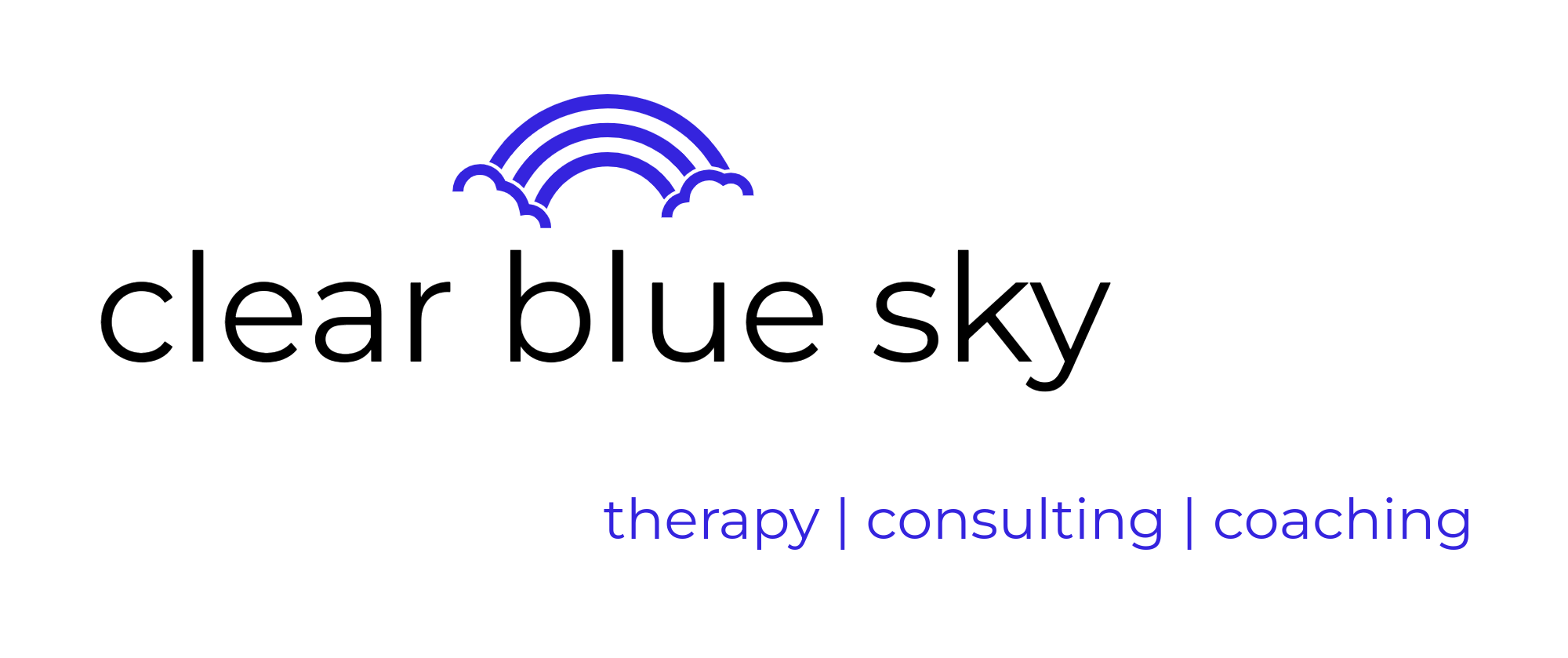


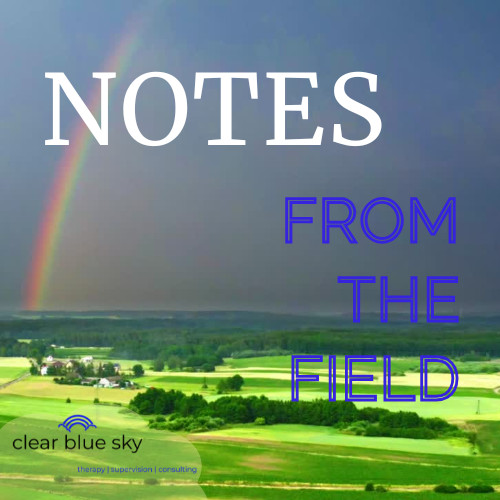

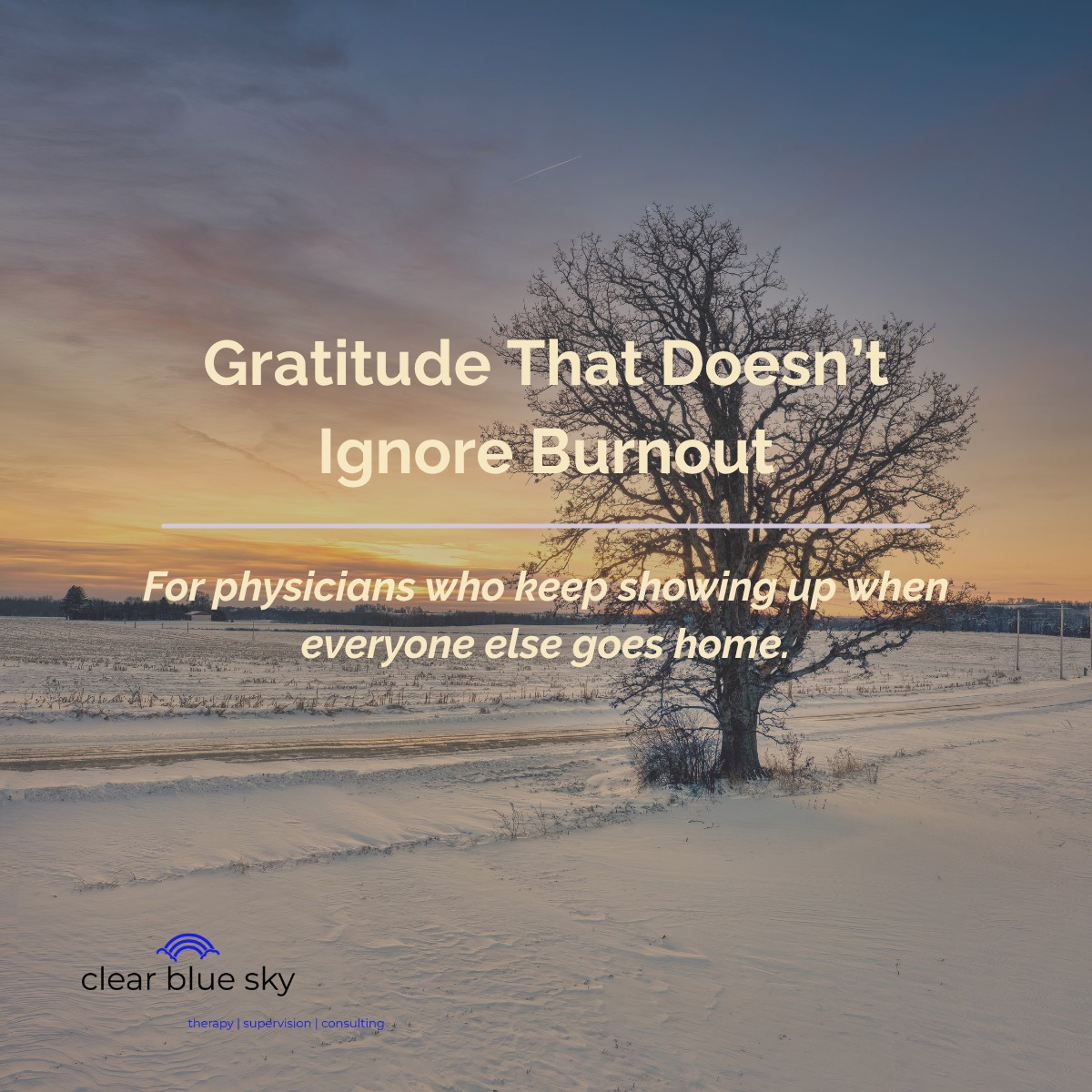

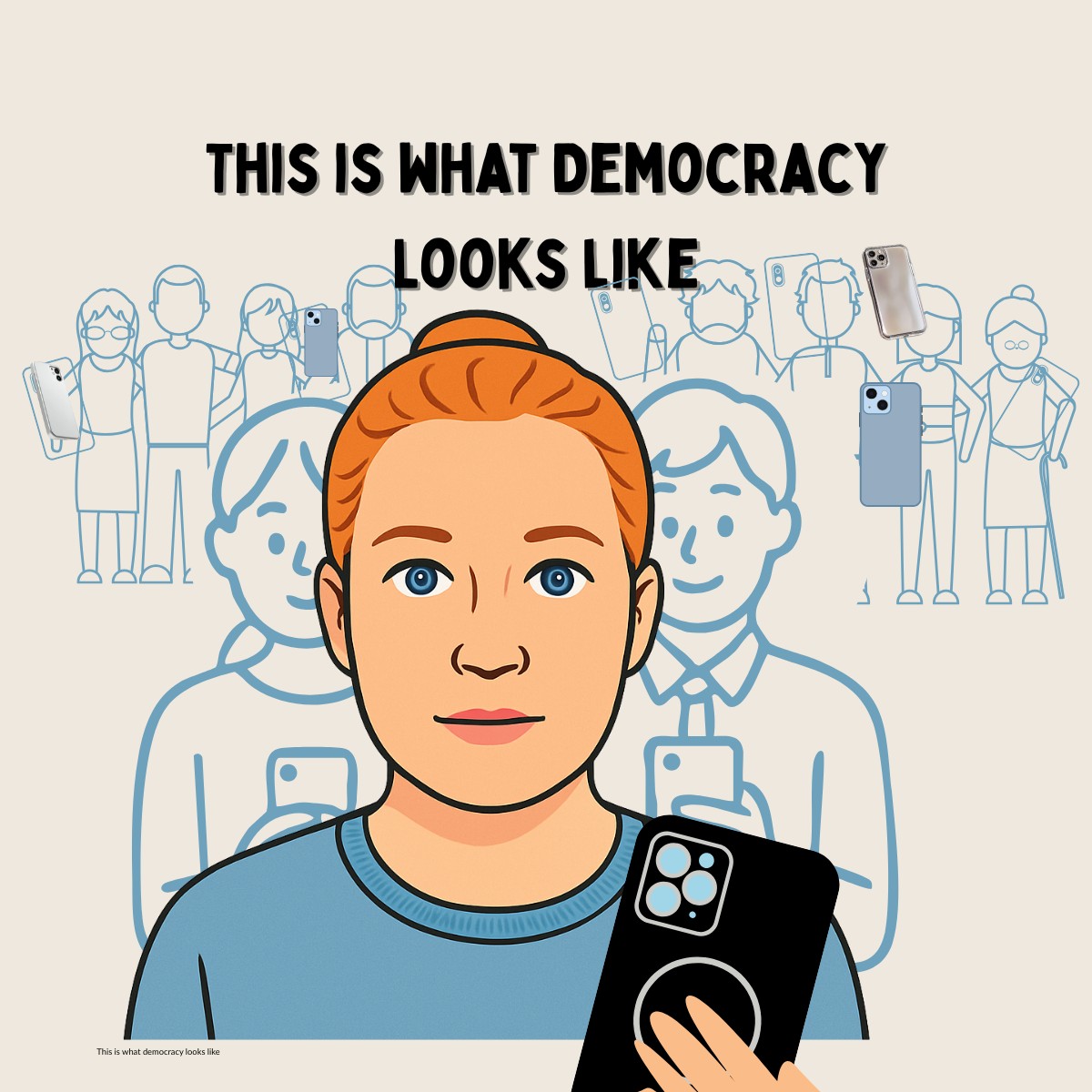
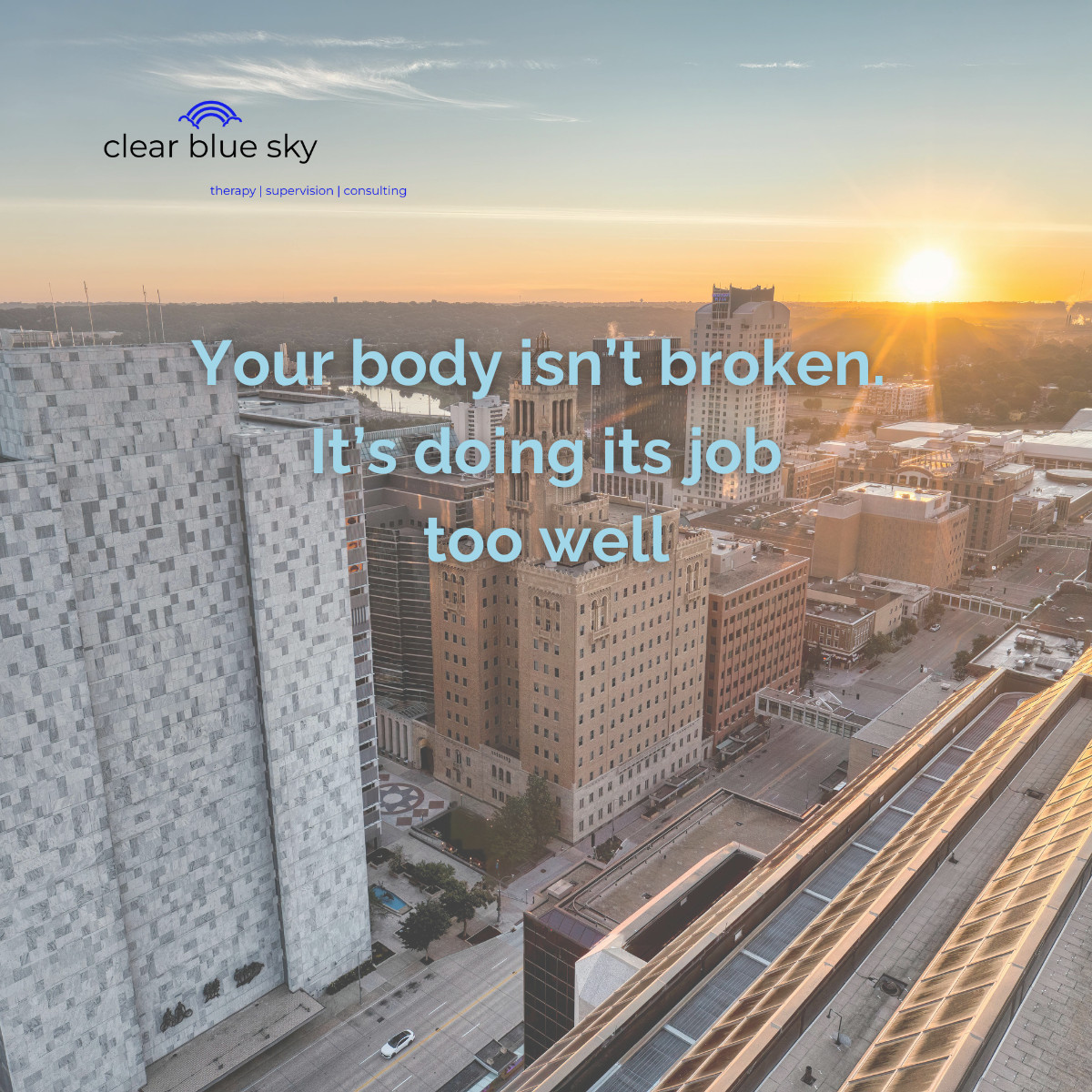
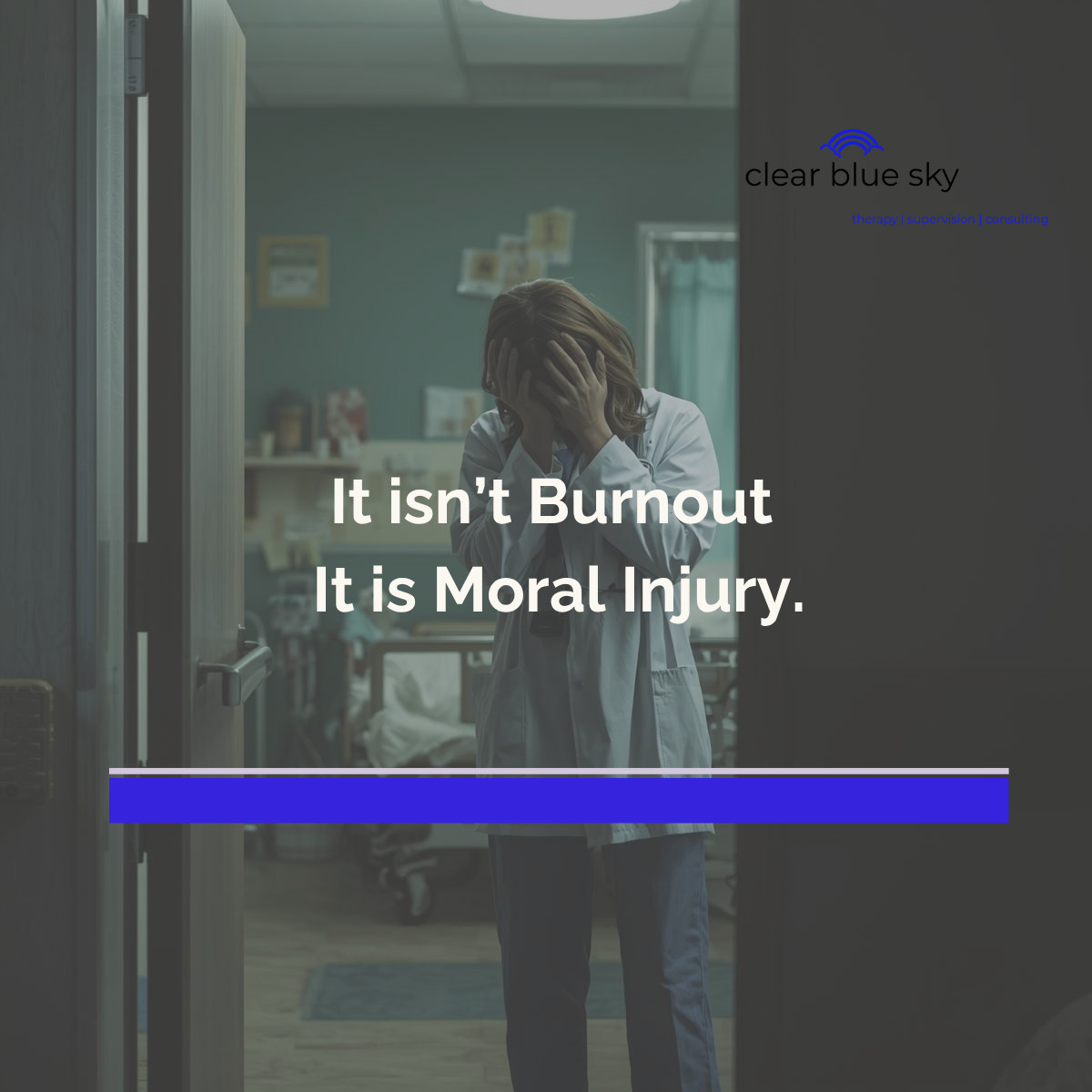
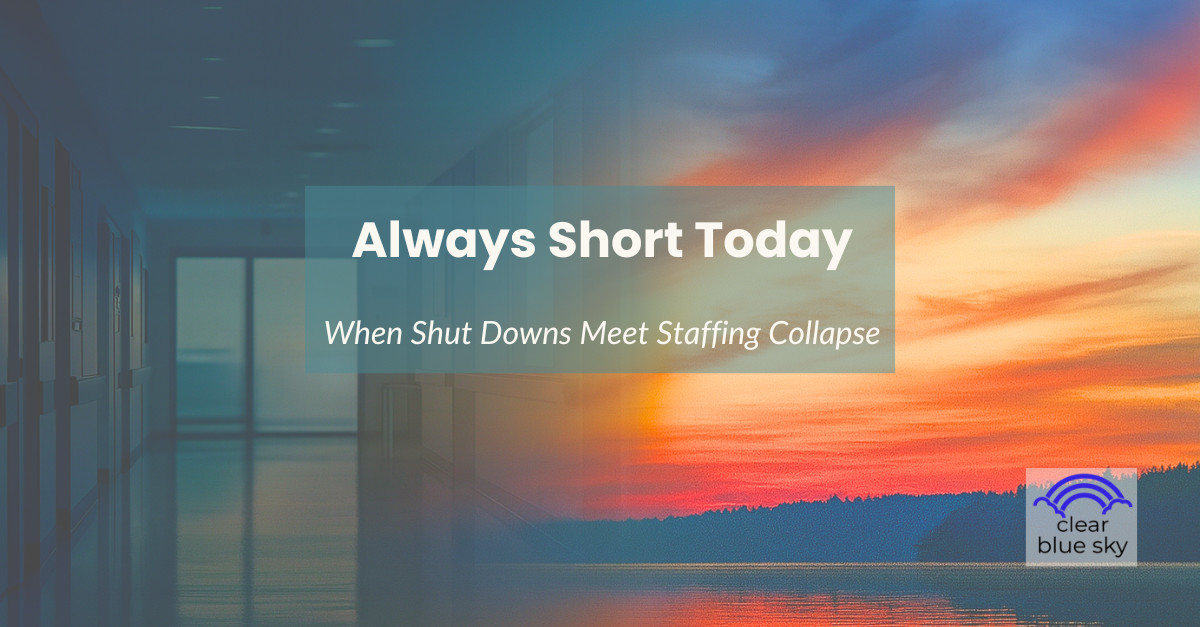
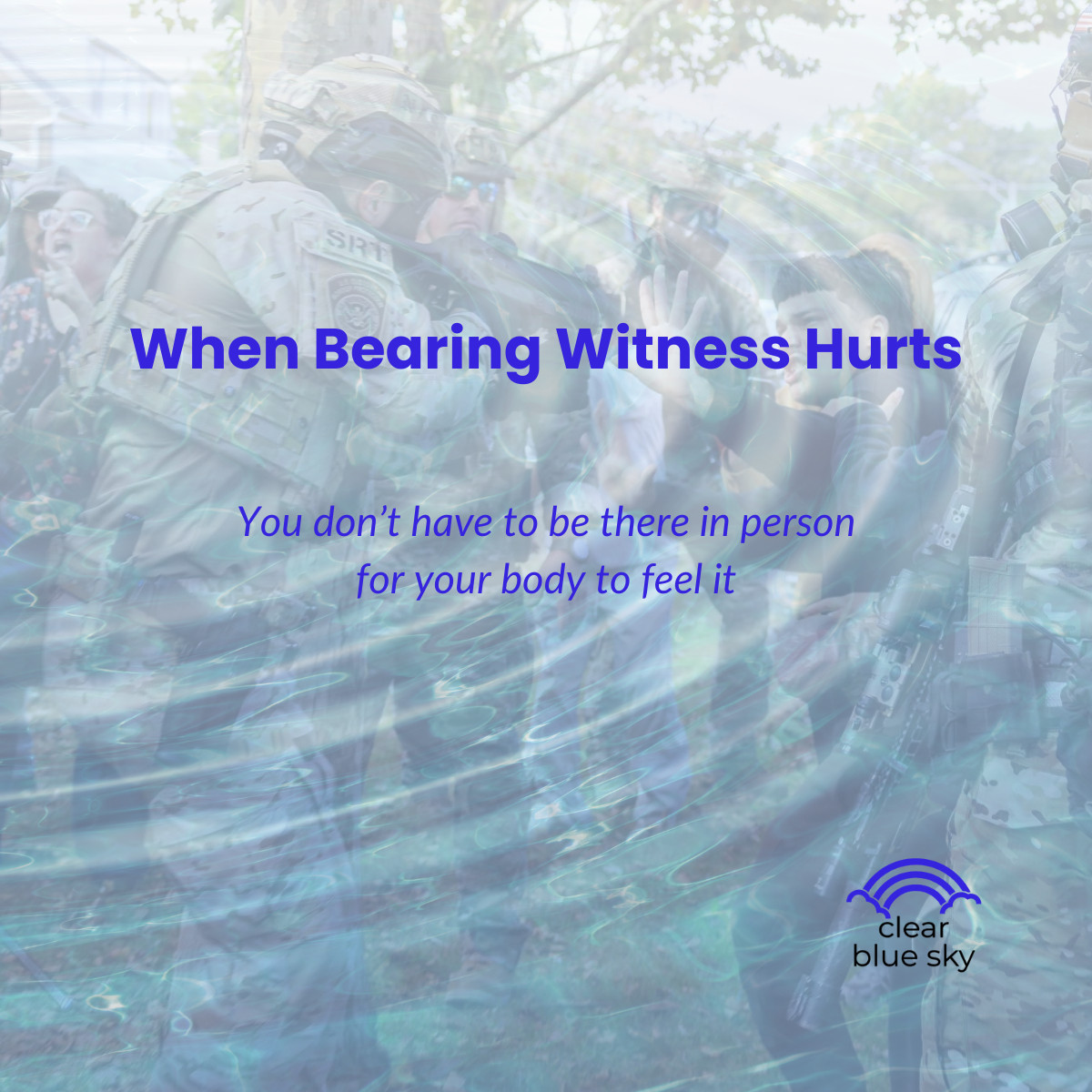
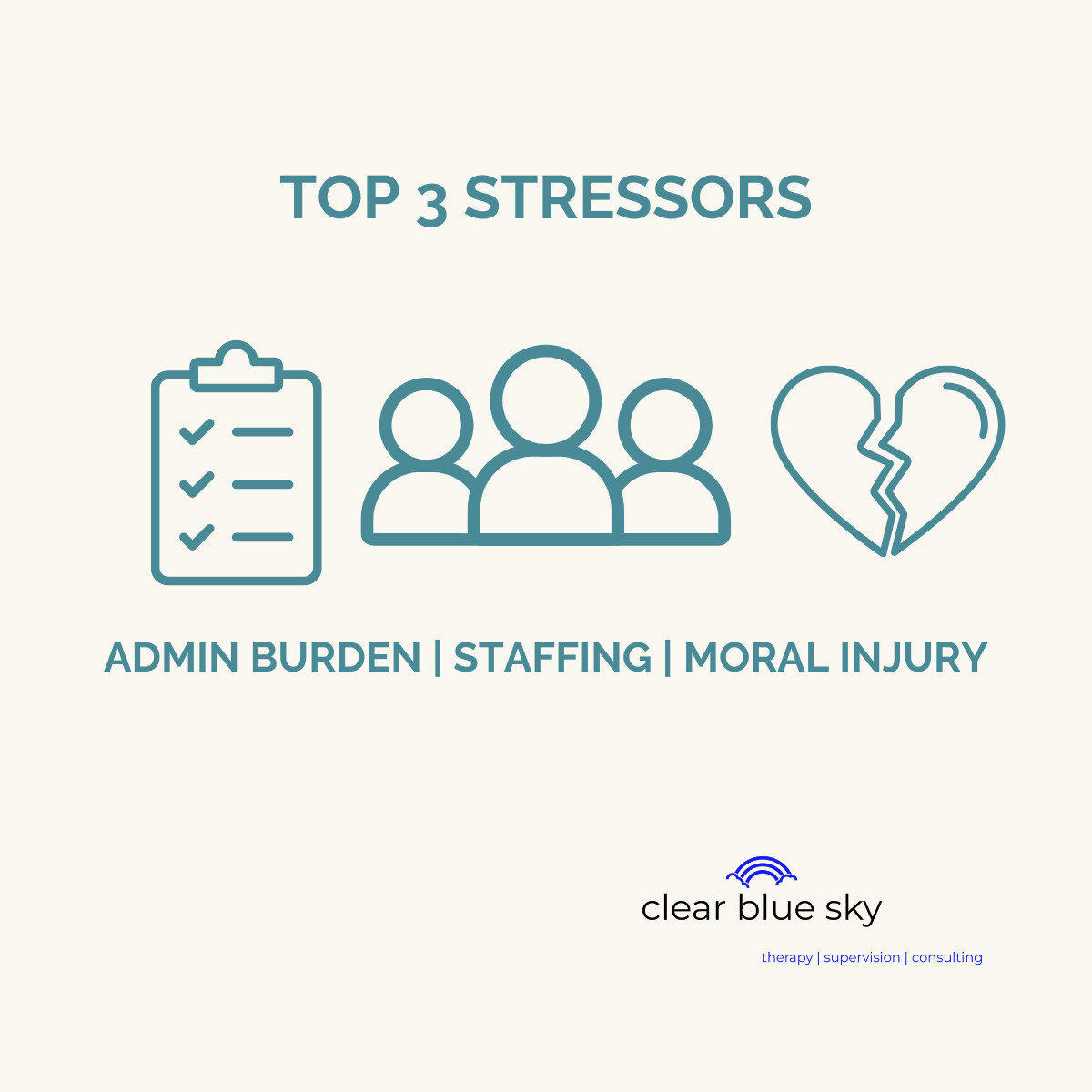

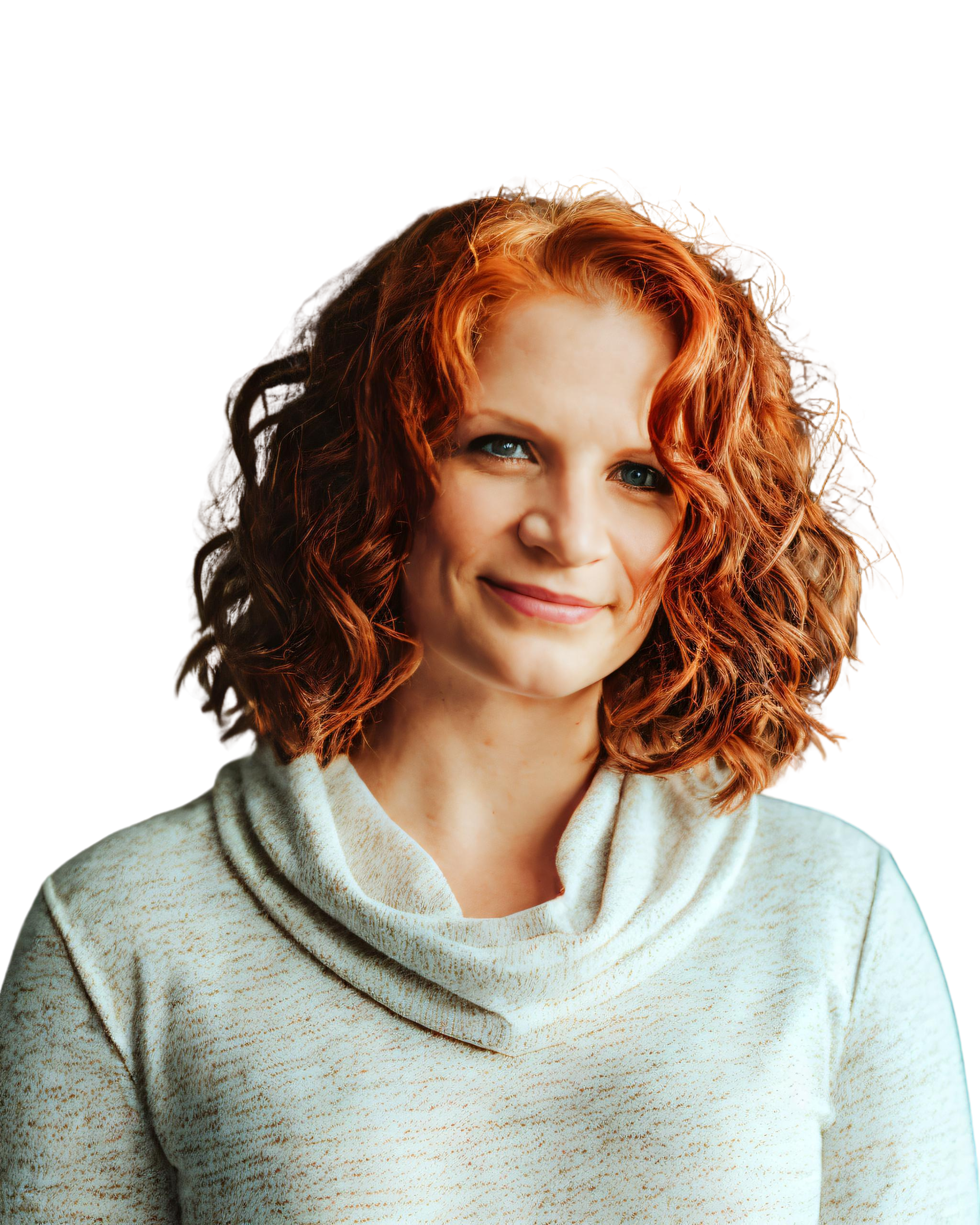
0 Comments